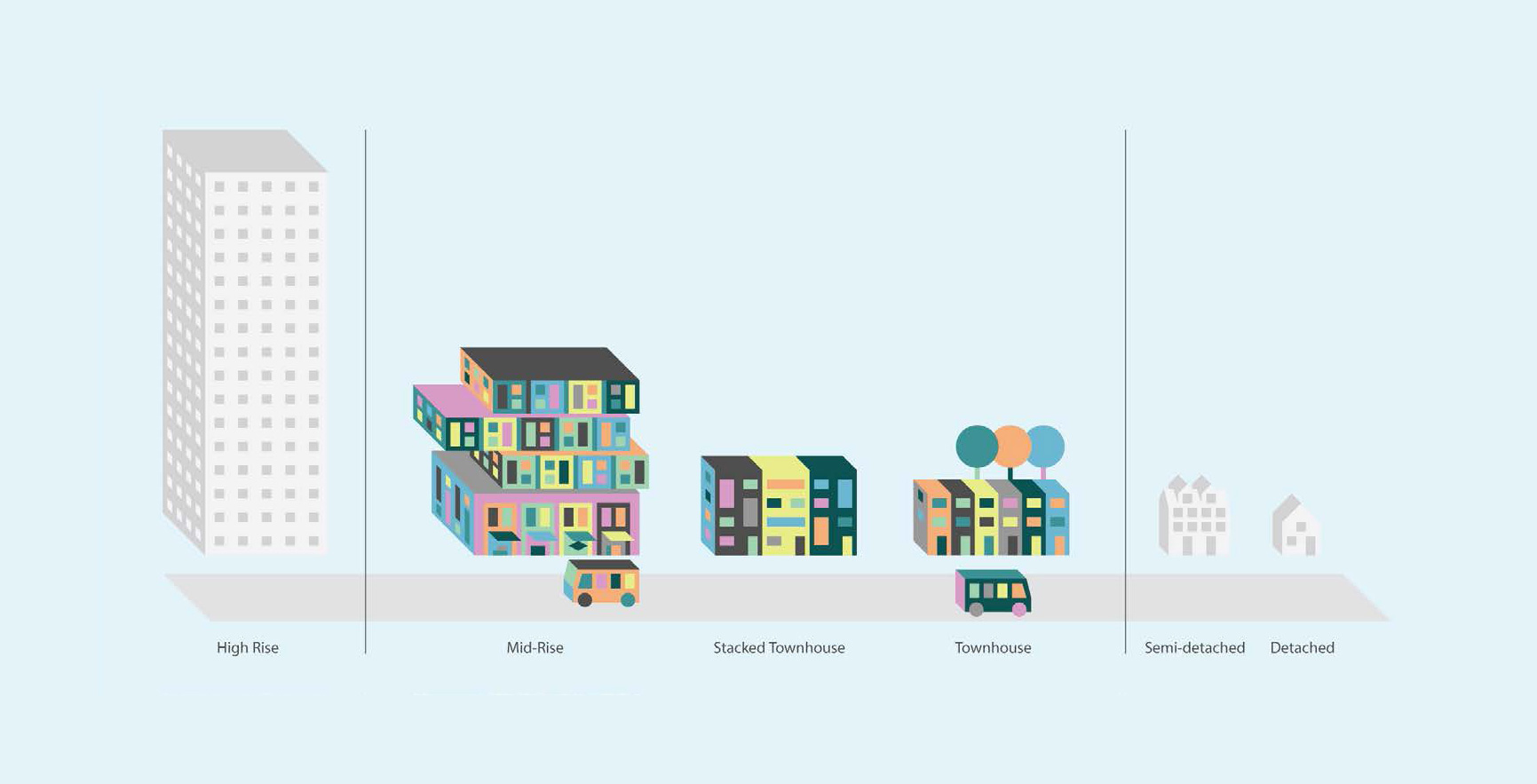SvN contributes to NRU’s “Distributing Density”

SvN contributes to NRU’s “Distributing Density”
Blair Scorgie, who Peer Reviewed the study, is quoted alongside CBI executive director Cherise Burda.
April 24, 2020
A recent study by the Ryerson City Building Institute (CBI) contends that achieving greater population densities in the City of Toronto need not occur through either the construction of tall towers in hyper-growth areas nor by permitting limitless sprawl. To accommodate and house large numbers of new arrivals to the city, its report suggests, maybe it’s best to think small. Density Done Right argues that “distributed density”, a term coined by the CBI team, presents cities throughout the Greater Toronto and Hamilton Area with an opportunity to spread out the benefits of development and minimize its costs to municipal governments by smoothing out the ‘bumps’ in where growth is and is not permitted to occur in municipalities. Done right, density could entail the construction of more midrise buildings and stacked townhouses along transit corridors and main streets, making it easier to renovate large single-family homes into multi-family duplexes and triplexes. It could also entail getting creative in allowing laneway housing or back garden units on existing residential properties...
“There’s an untapped opportunity in many low-rise, low-density neighbourhoods to open them up and offer a greater diversity of housing typologies and housing choices,” SvN business development director and senior planner Blair Scorgie told NRU. And while gentle density may translate into improved housing affordability, he said, it’s largely about ensuring the vitality and resiliency of neighbourhoods throughout Toronto and the 905 whose populations are shrinking because of changing demographics. “We need more houses to house the same number of people than we did a generation ago,” he said. “And people want different kinds of housing options.”
To read the full article click on the PDF.